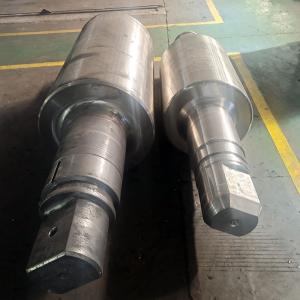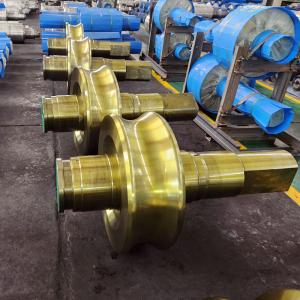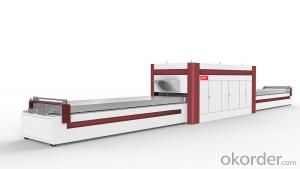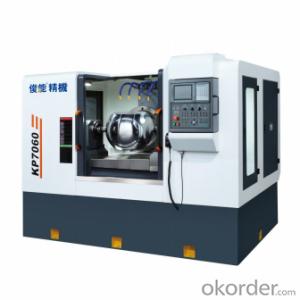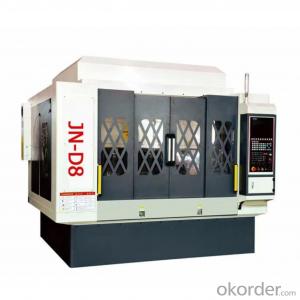Male and Female Flange DN175mm for Schwing Pump
- Loading Port:
- Tianjin
- Payment Terms:
- TT or LC
- Min Order Qty:
- 50 set
- Supply Capability:
- 5000 set/month
OKorder Service Pledge
OKorder Financial Service
You Might Also Like
Product Description:
Name:MALE AND FEMALE FLANGE DN 175MM for SCHWING PUMP
Materials: Steel 20
Inner Diameter: 125mm
Outer Diameter: 148mm
Scope of Application of the Equipment
MALE AND FEMALE FLANGE DN 175MM for SCHWING PUMP is a concrete pump spare parts for combined elbows and delivery pipes in concrete pump operations. It can be widely used in the various types of concrete pump like (PUTZMEISTER, SCHWING, CIFA, SANY, ZOOMLION, IHI, KYOKUTO Etc) available from us.
Product Advantages:
MALE AND FEMALE FLANGE DN 175MM for SCHWING PUMP are durable, strong, and resists corrosion.
Main Product Features:
· Premium quality
· Prompt delivery & seaworthy packing (10-20 days after receiving deposit)
Reliable performance
Easy and smooth operation
High safety.
· Professional Service
· Competitive pricing
Product Specifications:
Every 500 pcs MALE AND FEMALE FLANGE DN 175MM for SCHWING PUMP put in one seaworthy wooden box, and 20 boxes in one 20feet container.
FAQ:
Q1: Why buy Materials & Equipment from OKorder.com?
A1: All products have its ISO certifications, adheres to the highest standards and a commitment to supply chain safety and customer satisfaction.
Q2: How do we guarantee the quality of our products?
A2: We have established an advanced quality management system which conducts strict quality tests at every step, from raw materials to the final product. At the same time, we provide extensive follow-up service assurances as required.
Q3: How soon can we receive the product after purchase?
A3: Within three days of placing an order, we will begin production. The specific shipping date is dependent upon international and government factors, but is typically 10 to 30 workdays.
Q4: If we can produce some male and female flanges according to customersrequest?
A4: Yes, we can produce male and female flanges according to the difference country situations and different concrete pump to make it suitable to the market and customers. We have very professional technical team to make the design.
Q5: How to make a quick resolution for after service?
A5:We have overseas branches all-around of world, IF needed, the seller shall dispatch 2 engineers to the buyer's site for supervision of training. The buyer shall make available of necessary facilities &skilled personnel at site for training.
Images:
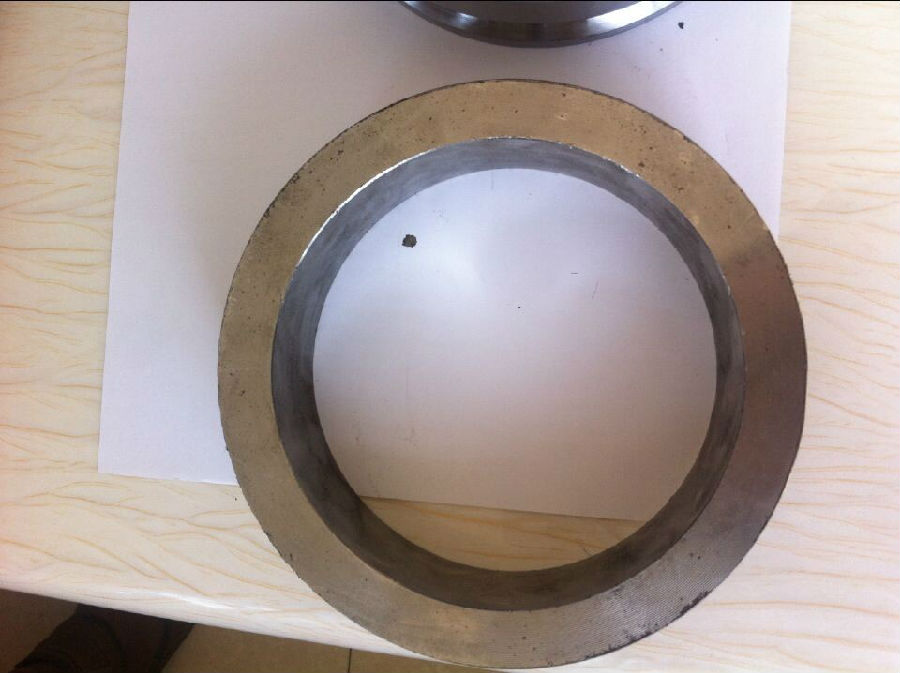

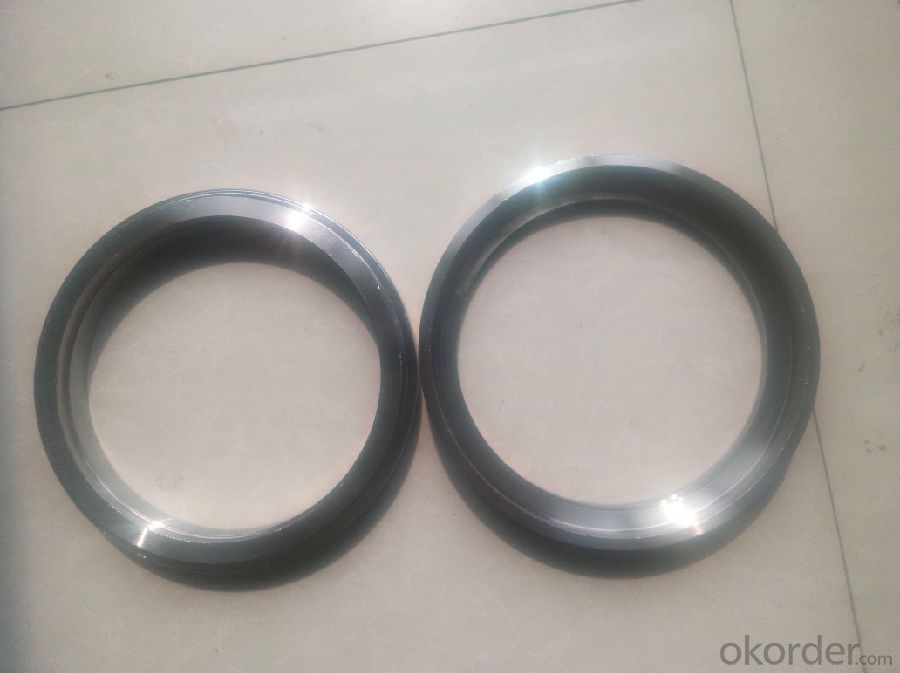
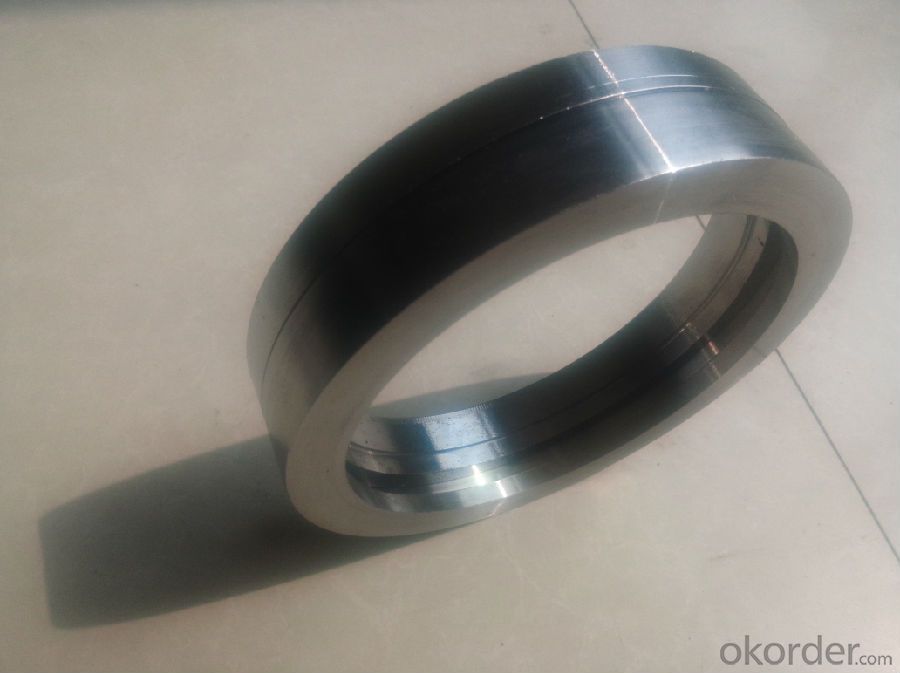
- Q:What are the advantages of using tungsten carbide components in concrete pump spare parts?
- There are several advantages of using tungsten carbide components in concrete pump spare parts. Firstly, tungsten carbide is an extremely hard and durable material, which ensures longer lifespan and increased wear resistance of the components. This means reduced maintenance and replacement costs in the long run. Additionally, tungsten carbide has excellent corrosion resistance, making it suitable for use in harsh and corrosive environments commonly found in concrete pumping applications. Furthermore, tungsten carbide components offer superior strength and toughness, enabling them to withstand high-pressure and heavy-duty operations without compromising performance. Overall, the use of tungsten carbide in concrete pump spare parts leads to improved efficiency, reliability, and cost-effectiveness in concrete pumping operations.
- Q:What are the different types of concrete pump hopper pins?
- There are several types of concrete pump hopper pins, including snap pins, lynch pins, and clevis pins. These pins are used to secure the hopper to the pump and ensure it stays in place during operation.
- Q:How often should agitator shaft seals be replaced in a concrete pump?
- Agitator shaft seals in a concrete pump should typically be replaced every 6 to 12 months, depending on the usage and maintenance of the equipment. Regular inspection and monitoring of the seal's condition can help determine the appropriate replacement interval.
- Q:Which height of concrete pump is the most practical?
- The power of the concrete pump truck engine power is transmitted to the hydraulic pump or rear axle through the power transfer case, push the piston to drive the hydraulic pump concrete pump
- Q:Are there any online resources or manuals available for concrete pump spare parts?
- Yes, there are several online resources and manuals available for concrete pump spare parts. Many manufacturers and suppliers have websites where you can find detailed information about various spare parts, their specifications, and ordering details. Additionally, there are online marketplaces and forums dedicated to construction equipment, where you can find comprehensive catalogs, user manuals, and even discussion threads related to concrete pump spare parts.
- Q:Can concrete pump spare parts be retrofitted to older pump models?
- Yes, concrete pump spare parts can often be retrofitted to older pump models. Many manufacturers design their spare parts to be compatible with multiple pump models, including older ones. However, it is important to note that not all spare parts may be suitable for retrofitting, as compatibility can vary depending on the specific pump model and the part in question. It is advisable to consult with the manufacturer or a qualified technician to ensure that the spare parts are compatible and can be safely retrofitted to older pump models.
- Q:How can a faulty agitator motor affect the concrete mixing process?
- A faulty agitator motor can significantly impact the concrete mixing process. The agitator motor is responsible for rotating the drum or mixer, ensuring that the concrete ingredients are properly mixed. If the motor is faulty, it may not rotate the drum at the required speed or may not rotate at all, leading to inadequate mixing of the concrete. This can result in an uneven distribution of the ingredients, affecting the quality and strength of the concrete. Additionally, a faulty motor may cause delays in the mixing process, increasing the overall time required to complete the project.
- Q:Are there any specific guidelines for the disposal of hydraulic fluids used in concrete pump spare parts?
- Yes, there are specific guidelines for the disposal of hydraulic fluids used in concrete pump spare parts. Hydraulic fluids contain various chemicals and contaminants that can be harmful to the environment if not disposed of properly. Here are some general guidelines to follow: 1. Check local regulations: Different regions may have specific laws and regulations regarding the disposal of hydraulic fluids. It is important to familiarize yourself with these regulations to ensure compliance. 2. Contain the fluid: Properly contain the hydraulic fluid to prevent leaks or spills during transportation. Use appropriate containers that are designed to handle hazardous materials. 3. Do not mix with other fluids: Do not mix hydraulic fluids with other substances, as this can complicate the disposal process and increase the environmental impact. 4. Find a licensed disposal facility: Locate a licensed facility that handles the disposal of hazardous waste. These facilities have the necessary equipment and expertise to handle hydraulic fluids safely. 5. Follow their instructions: When delivering the hydraulic fluid to the disposal facility, follow their specific instructions for drop-off. They may require certain labeling or documentation to ensure proper handling. 6. Consider recycling options: Depending on the type of hydraulic fluid used, recycling may be an option. Some facilities specialize in recycling hydraulic fluids, which can be a more environmentally friendly solution. 7. Educate your staff: Ensure that all personnel working with hydraulic fluids are aware of the proper disposal procedures and understand the importance of following them. By adhering to these guidelines, you can ensure the safe and responsible disposal of hydraulic fluids used in concrete pump spare parts, minimizing harm to the environment and complying with regulations.
- Q:How often should hopper screens be cleaned or replaced?
- Hopper screens should be cleaned or replaced regularly, ideally on a quarterly basis, to ensure proper functioning and prevent clogging or damage to the equipment.
- Q:What is the purpose of a concrete pump hydraulic accumulator bladder?
- The concrete pump hydraulic accumulator bladder has the important function of storing and releasing hydraulic energy within the system. It acts as a flexible barrier between the hydraulic fluid and a gas or air chamber. When hydraulic fluid is pumped into the bladder, it compresses the gas or air inside, storing potential energy. This energy can then be released to power the hydraulic system when needed, providing a surge of pressure and flow for efficient and controlled movement of the concrete. The bladder also serves to smooth out and regulate the flow of hydraulic fluid, ensuring a steady and consistent supply of power to the pump. This helps prevent damage to the pump components and ensures reliable operation. Additionally, the bladder compensates for variations in demand by releasing the stored energy when the demand for hydraulic power exceeds the supply. This temporary boost helps maintain a continuous flow of concrete, even during peak demand periods. Furthermore, the bladder acts as a safety device by absorbing and dampening sudden pressure surges or spikes in the hydraulic system. This prevents damage to the pump and other components, ensuring the safety of operators. In summary, the concrete pump hydraulic accumulator bladder stores and releases hydraulic energy, regulates hydraulic fluid flow, compensates for variations in demand, and acts as a safety device. By performing these functions, it optimizes the performance and efficiency of the concrete pump system, ensuring reliable and controlled movement of concrete.
1. Manufacturer Overview |
|
|---|---|
| Location | |
| Year Established | |
| Annual Output Value | |
| Main Markets | |
| Company Certifications | |
2. Manufacturer Certificates |
|
|---|---|
| a) Certification Name | |
| Range | |
| Reference | |
| Validity Period | |
3. Manufacturer Capability |
|
|---|---|
| a)Trade Capacity | |
| Nearest Port | |
| Export Percentage | |
| No.of Employees in Trade Department | |
| Language Spoken: | |
| b)Factory Information | |
| Factory Size: | |
| No. of Production Lines | |
| Contract Manufacturing | |
| Product Price Range | |
Send your message to us
Male and Female Flange DN175mm for Schwing Pump
- Loading Port:
- Tianjin
- Payment Terms:
- TT or LC
- Min Order Qty:
- 50 set
- Supply Capability:
- 5000 set/month
OKorder Service Pledge
OKorder Financial Service
Similar products
New products
Hot products
Related keywords


















